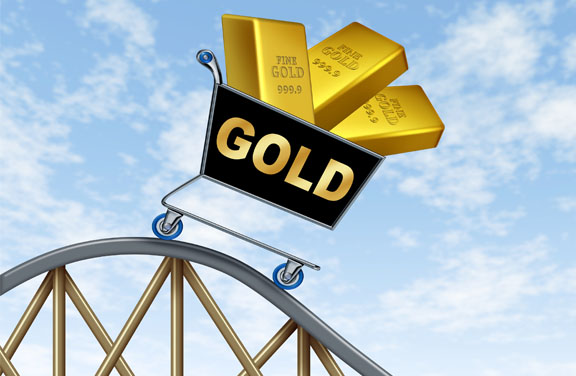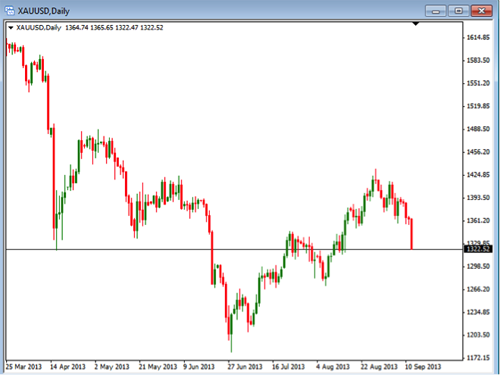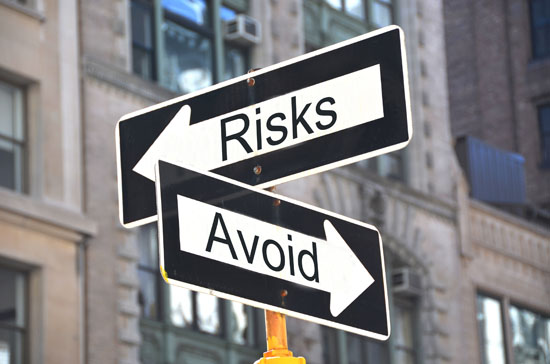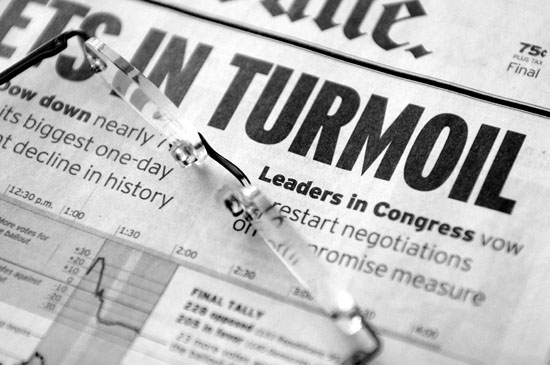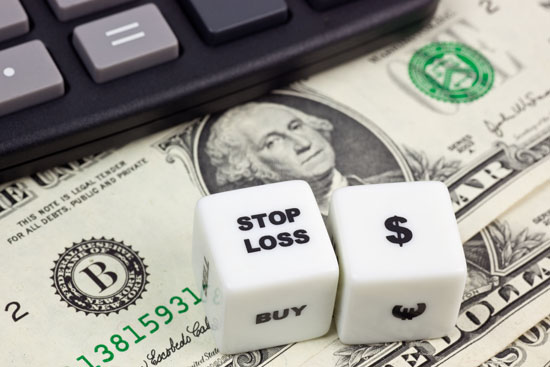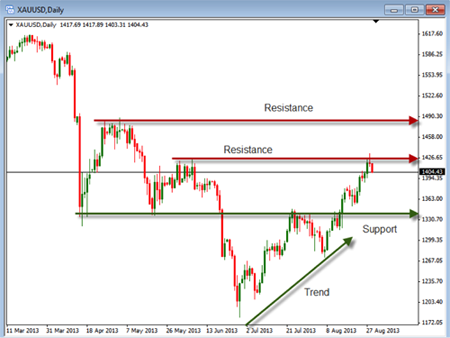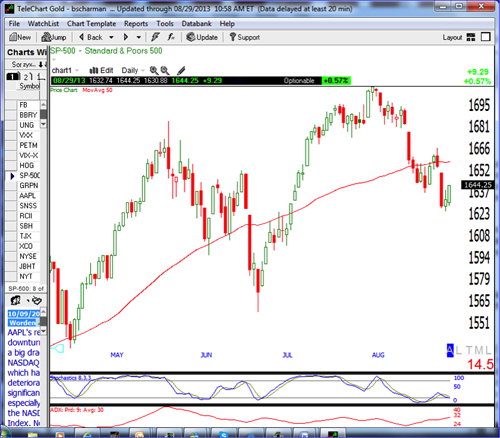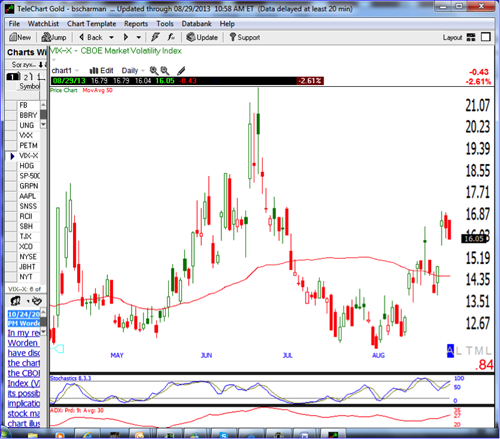The much-anticipated FOMC Economic Projections, the FOMC Statement, and the Federal Funds rate will all be announced within the next few days. My opinion is that the question that should be on any trader’s mind is “How does this affect me?” I don’t generally consider myself to be a self-centered person, but, the fact is, how the Fed’s upcoming comments and decisions affects the world at large, the US, or any specific portion of either of them, is really inconsequential; the effect is merely secondary to the effect that it will have on your personal portfolio. Since the only things that you can control in this scenario are the decisions that you make relative to your trading portfolio, now would be a really good time to make some of those decisions.
A few weeks ago, I took a short position relative to the S&P 500. I was able to get a small bump in price but basically I broke even as the downtrend I was looking and hoping for did not materialize. The price action made a double bottom divergent move and turned up, so, of course, I have been long the S&P 500 for a week and a half. The good news for me is that the market has followed through on the move; to an extent, it has continued on an upward trend though it has not exactly rocketed upwards. The dilemma for me now, which is the same dilemma that faces all traders, is what to do about all of the potential market reaction that will occur when the Fed presents their material later in the week.
This is not a unique situation in the respect that the Fed makes announcements on a fairy regular basis throughout the year. So the decisions around what to do about it do come up, but what is a little different this time is the anticipation about when the Fed will begin to reduce their economic stimulus. The fact that the economy has been stimulated by the Fed is no secret, nor is the fact that, because of it, the economy and the stock market, along with other markets are artificially high to some degree. In spite of all of this, the question still remains, “How does this affect me?” I know that I bought into a market that is being propped up and I also know it won’t last forever, but what I don’t know is when it will end.
Investors in many markets will state that they make their money on the buy, meaning how cheaply they had gotten into the investment, but this is not as true in the equity markets. It is to the extent that the better price you can get on any investment, the more money you are likely to make. But in the equity markets, much of the money is made on the management and the exit of the open positions. Buy low, sell high is a really easy thing to say but it is typically far less easy to do. The management of investments in other markets is often times much more straight forward than it would be in the equity markets and the exit can be much more predictable. The equity markets have world events and the attitudes and beliefs of people from all over the world, along with their personal relationships with money that are factored into the market, while buying most hard assets cheaply and then reselling them is comparatively simple. The actual end selling price is often times relatively easy to predict and will not deviate much during the life of the investment, but this is not always something that can be said relative to the equity markets.
I believe that it is usually best to approach potentially major market movers like the coming Fed action by using a somewhat defensive tact. I will keep my long position open as long as nothing happens to deter me from doing so. But, just like I am I not married to my open long position, I am definitely not opposed to taking advantage of a potential profit producing situation if I see a way to take advantage of one. In situations like this, listening to anyone but yourself can be harmful since the so-called ‘experts’ are so wrong about the results of events like this with such regularity; it really does come down to you and what decisions you as an individual will make with regard to your personal portfolio. If an entry method in the equity markets is even a decent one, the entry will often times take care of itself. But how you manage and exit a position can be the determining factor with regard to how much of a profit you make or if you make a profit at all.

